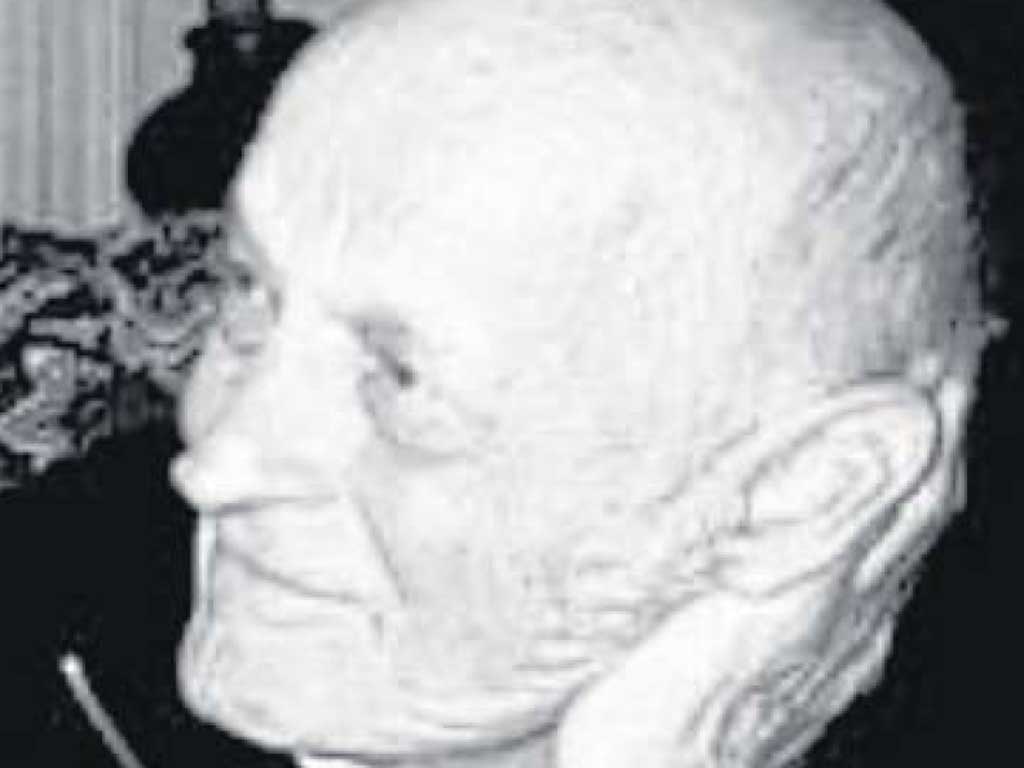Doctor John Bunker: Anaesthetist who saw the dangers of private medicine

John Bunker, who in later life described himself as "a surgeon at heart" gave up surgery when he finished his military service and devoted the rest of his life to making surgery safer, first as an anaesthetist, and later as an epidemiologist and health technology critic. He was among the first to warn of the pitfalls of America's fee-for service healthcare system. In 1970 he showed that part of the reason that Britons lived longer than Americans was because they underwent less surgery, with all its hazards. He also warned against adopting new operations before their outcomes were properly understood. In the same period he investigated operation rates, mortality statistics and surgical workloads in the US and Britain, where he later worked.
Bunker, the son of a lawyer and a concert pianist, was educated at Roxbury Latin School in West Roxbury, near Boston. A notable part of his schooldays was a school trip to Germany, where he watched the 1936 Olympics, sitting opposite Hitler and his henchmen. Bunker earned his biochemistry degree from Harvard in 1942 and his MD Harvard medical school three years later. After his intern year in Boston he served for two years in the US navy as a surgeon in China and Guam in a team responsible for the care of 10,000 marines.
He undertook postgraduate training in anaesthetics at George Washington medical school and Massachusetts General Hospital, joining the anaesthesia faculty at Harvard in 1950. During his time there he researched the metabolic effects of anaesthesia and the particular problems of anaesthetising people with liver or kidney disease. Along with colleagues he was consulted by Pope Pius XII, whose illness included intractable hiccups.
Ten years later he moved to Stanford University, as founding chairman of the anaesthesia department. During his time there in 1962, he received a phone call: a teenage girl had died of liver failure a fortnight after receiving halothane anaesthesia for trauma surgery. With a clunky early computer, he studied data from 865,000 surgical patients. The results showed halothane was safer than most of its rivals, and that most of the deaths were in patients undergoing risky operations.
Towards the end of his time at Stanford his interests evolved towards the epidemiology and outcomes of surgery. In 1973 he returned to Harvard as visiting professor of preventive and social medicine, and in 1976 he became professor of family, community and preventive medicine.
A lifelong sceptic about surgical intervention, he was small, tanned, amiable, impish, upbeat, academic man with a lively mind and a sense of fun. Physical frailty in his last years did not diminish his lively intellect. He wrote, three books the most famous being "Bunker's Bible" – Costs, Risk and Benefits of Surgery (1977).
Retiring from Stanford as Emeritus Professor, he came to Britain as a visiting fellow at University College London and the King's Fund Centre. He took a longer and deeper look into medical intervention, publishing many of his best papers, including Putting the risk of breast cancer into perspective (with Michael Baum, 1998), The role of medical care in contributing to health improvements within societies (2001) and Measuring the benefits of medical care, a healthy lifestyle and a just social environment (2004). In his last years he was afflicted with heart disease but compensated with an even livelier mind.
John Philip Bunker, anaesthetist and epidemiologist: born Boston, Massachusetts 13 February 1920; Assistant Professor and Professor of Anaesthesia, Harvard Medical School 1955-50; Professor of Anaesthesia, Stanford Medical School 1960-1989; Visiting Professor of Community Medicine and Health Research and Policy, University College and King's College London 1990-2012; married 1944 Mary Franklin Bush (marriage dissolved; three daughters, one son), secondly Dr Lavinia Loughridge (one stepson, one stepdaughter); died London 4 May 2012.
Join our commenting forum
Join thought-provoking conversations, follow other Independent readers and see their replies
Comments